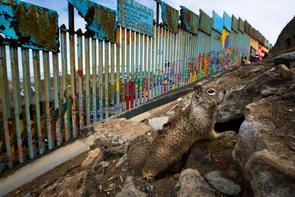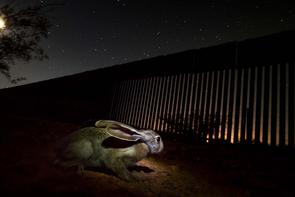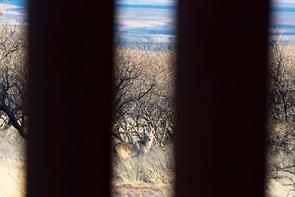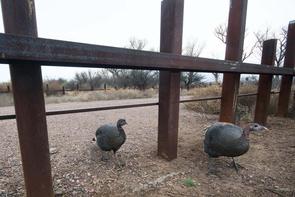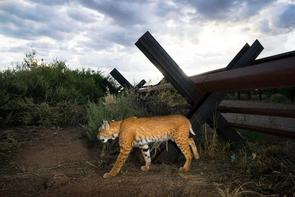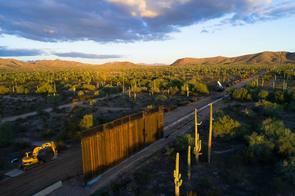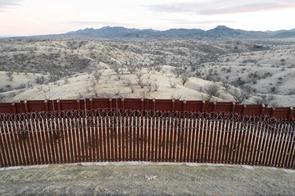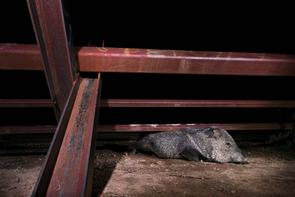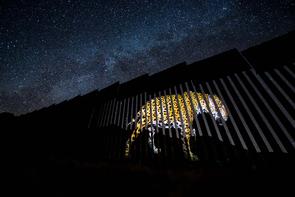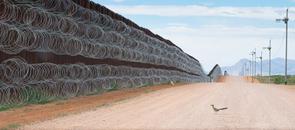Winner: Alejandro Prieto (Mexico)
Alejandro was born in the city of Guadalajara, Jalisco (Mexico) in 1976. Since his childhood he has felt a close bond with nature, spurred by the strong influence of his father and his brothers. An early encounter with a circus elephant who playfully sucked his arm triggered a deep love for animals, which eventually led him to become a veterinarian and zoologist. For many years he worked in this field until he finally decided to change his life's course.
Alejandro’s photographic journey began in 2007 when he discovered how he could merge his love for all animals with his interest in natural beauty. In the past five years, Alejandro has dedicated his life completely to photography, focussing on a photojournalistic approach to diverse wildlife topics. Currently he works alongside Alianza Jaguar AC, a non-profit organization dedicated to the protection of jaguars in western Mexico.
"My goal in this life is to protect nature and wild animals through my photography. I’m trying to show what is happening out there in the hope of having a positive influence on people."

Project: Border wall
The nearly two thousand miles long US-Mexico border traverses some of the continent’s most biologically diverse regions. This fragile ecosystem is home to a diverse population of mammals, reptiles, birds and plants. Many species migrate between the biomes in the south and north of the continent. They will be especially affected if the US government implements its plans to erect a wall at the border with Mexico. This border infrastructure would not only restrict the local movements of wild animals but also fragment their habitats and interrupt the traditional migration routes they have always used.
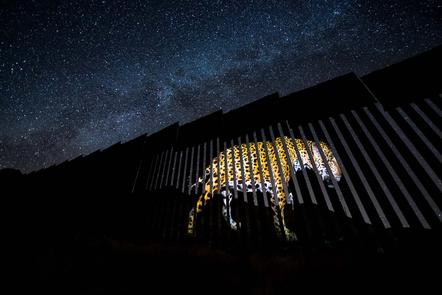
Another excluded migrant
Symbolically the image of a jaguar has been projected onto a section of the American-Mexican border. In the past century, jaguars have almost completely vanished from the US, mainly due to loss of suitable habitat and hunting for the protection of cattle. Since there are only very few specimens left, building a wall will trigger the extinction of these animals in the US.
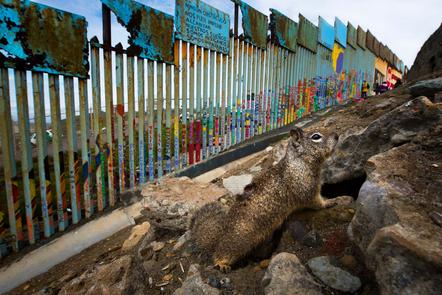
My backyard
Tijuana, Mexico. There are already more than 650 miles of separational infrastructure along the border between Mexico and the US. These walls and fences cut through fragile ecosystems, separating areas populated by more than 1500 plants and animal species, 93 of them listed by the International Union for Conservation of Nature (IUCN) as critically endangered, endangered or vulnerable.
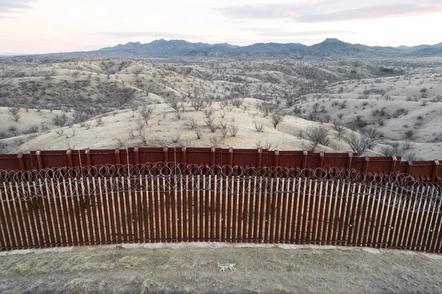
The wall of death
Building a high wall right through the middle of a fragile ecosystem will directly affect not only habitats but also the flow of resources such as food, protection and even mating partners. This image shows a dead coyote at the border fence in Arizona.
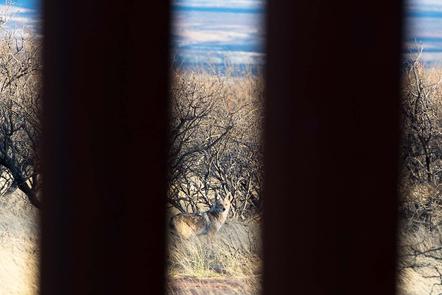
Faraway and yet so close
A coyote gazing through the bars of the border fence at Coronado National Memorial Park (Arizona).
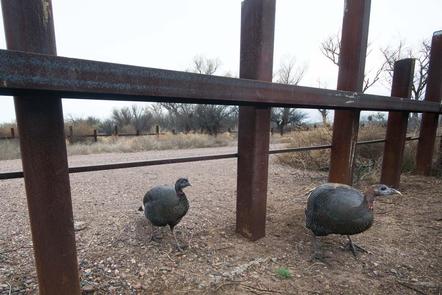
Unknown future
A camera trap captures two wild turkeys as they cross the fence that separates Arizona (USA) from Sonora (Mexico). These fences are permeable for wildlife, but the US government plans to build a solid wall there, which will affect not only the movements of mammals but also that of some bird species such as pygmy owls and wild turkeys.
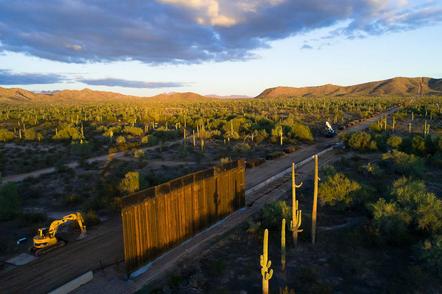
The beginning of the end
Border wall construction in Organ Pipe Cactus National Monument, a UNESCO biosphere reserve in Arizona's Sonoran Desert. The US congress granted the Trump administration a budget of several billion dollar for extending the American-Mexican border wall, ignoring resultant threats to protected habitats and border communities.
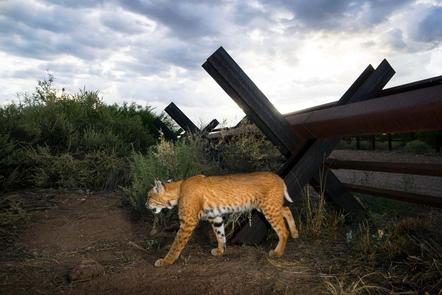
Still permeable
This photo from a camera trap shows a bobcat that has just crossed the fence dividing the federal states of Sonora (Mexico) and Arizona (USA). Apex predators like wildcats are among the first species to disappear when humans tear natural landscapes apart, which leads to impoverished ecosystems with impacts on animals and people alike.
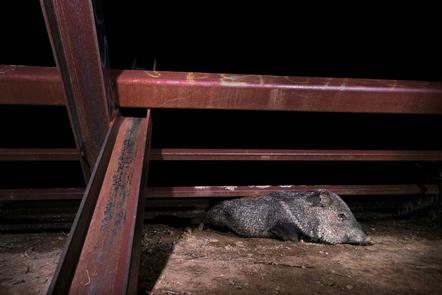
Welcome to Mexico
A camera trap has captured this photo of a javelina that has just migrated from the US to Mexico. So far, the border structures are still permeable, but the new wall segments consist of barriers that are nine metres wide with steel beams set only 10cm apart – too narrow for most animals to get through.
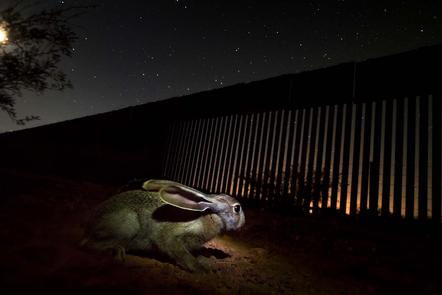
Blocked road
The border region is home to several species whose survival depends on an unfragmented ecosystem stretching from the US to Mexico. Thus far, an extended network of national parks, archaeological monuments, as well as wilderness and nature reserves protects important wildlife habitat and cultural resources on both sides of the border. This photo shows a wild hare next to the border wall near San Pedro River in Sonora, Mexico.

Blocked
The wall proposed by US president Donald Trump at the US border with Mexico cuts through one of the most diverse and biologically rich regions of North America. Der US Fish and Wildlife Service has warned that this impermeable barrier, associated human activities and bright light at night will negatively affect many endangered species. Here, a roadrunner approaches the border wall at Naco (Arizona).









